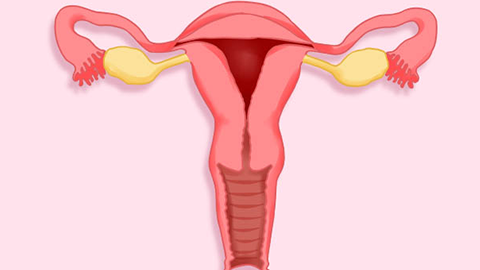What are the signs of good uterine contraction after childbirth?
Generally, effective postpartum uterine contraction indicates good uterine recovery, which is mainly manifested as minimal lochia discharge that decreases rapidly, normal color changes of lochia, a firm and easily palpable uterus in the abdomen, gradually diminishing abdominal pain, and normal descent of the uterus. Detailed analysis is as follows:

1. Minimal and rapidly decreasing lochia: After delivery, as the uterus contracts, the volume of lochia discharge gradually decreases. When contraction is effective, the amount of lochia is significantly less than the normal range and decreases rapidly. During the first week postpartum, lochia is primarily bloody, rapidly transitioning to serous lochia afterward, with the volume gradually diminishing, avoiding prolonged or excessive lochia discharge.
2. Normal color changes of lochia: The color of lochia follows a predictable pattern. For the first 3–4 days postpartum, the lochia is bright red (bloody), gradually turning to pinkish serous lochia, and about 2 weeks later, it transitions to white or pale yellow-white lochia. The color transition is smooth without abnormal discoloration or significant odor.
3. Palpable firm uterus in abdomen: Palpation of the lower abdomen after childbirth reveals a firm, clearly defined uterine contour. The uterus is relatively fixed in position and firm in texture, similar to the firmness of the tip of the nose, indicating strong uterine muscular contractions. With repeated palpation, one can feel the gradual descent of the uterus, which directly indicates good uterine contraction.
4. Gradually diminishing abdominal pain: Uterine contractions after childbirth cause intermittent lower abdominal pain. When contractions are effective, this abdominal pain gradually subsides, with reduced duration of pain episodes and prolonged intervals between episodes. This is particularly evident 3–4 days postpartum, followed by gradual relief, without persistent severe pain.
5. Normal descent of the uterus: The uterus descends at a normal rate. On the day of delivery, the uterine fundus is at or just below the level of the umbilicus (approximately one finger breadth below). Afterwards, it descends 1–2 cm daily. By 10–14 days postpartum, the uterus has descended into the pelvic cavity and is no longer palpable abdominally. This regular descent indicates normal uterine contraction and favorable recovery progress.
In daily life, postpartum women can promote uterine contraction through breastfeeding, gentle abdominal massage, and early ambulation. Close observation of lochia and physical changes also helps facilitate better uterine recovery.




